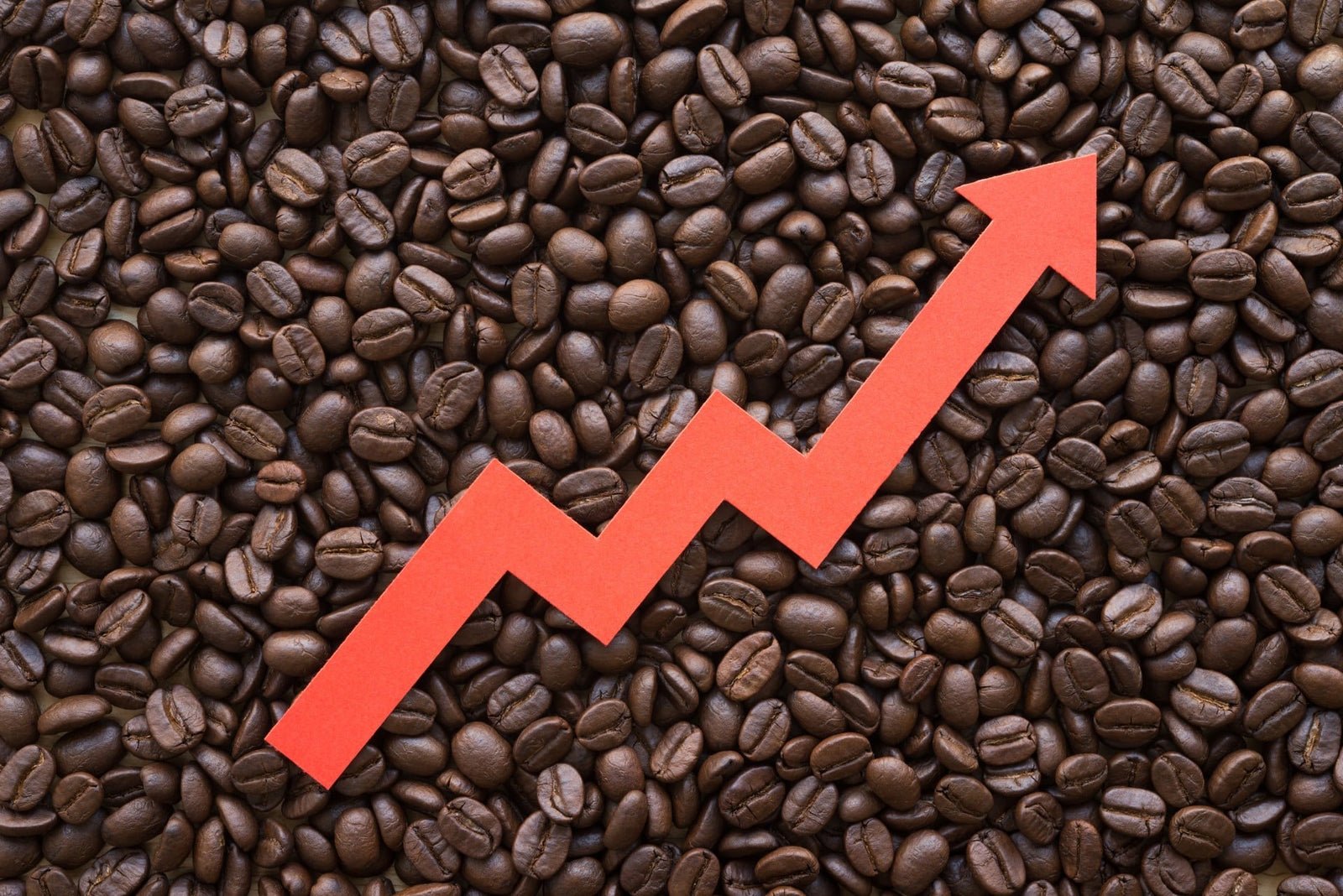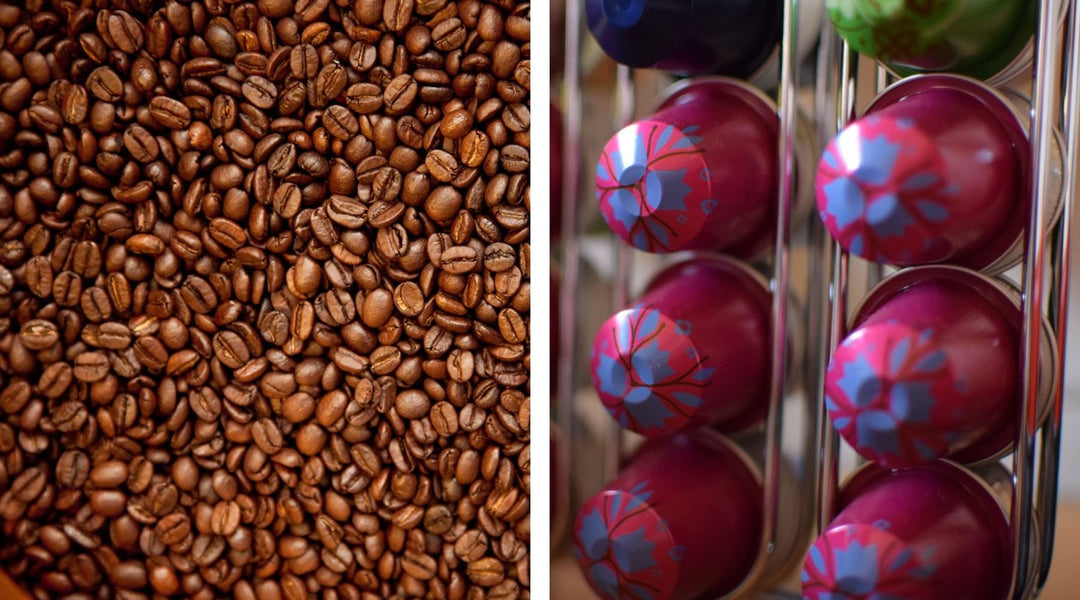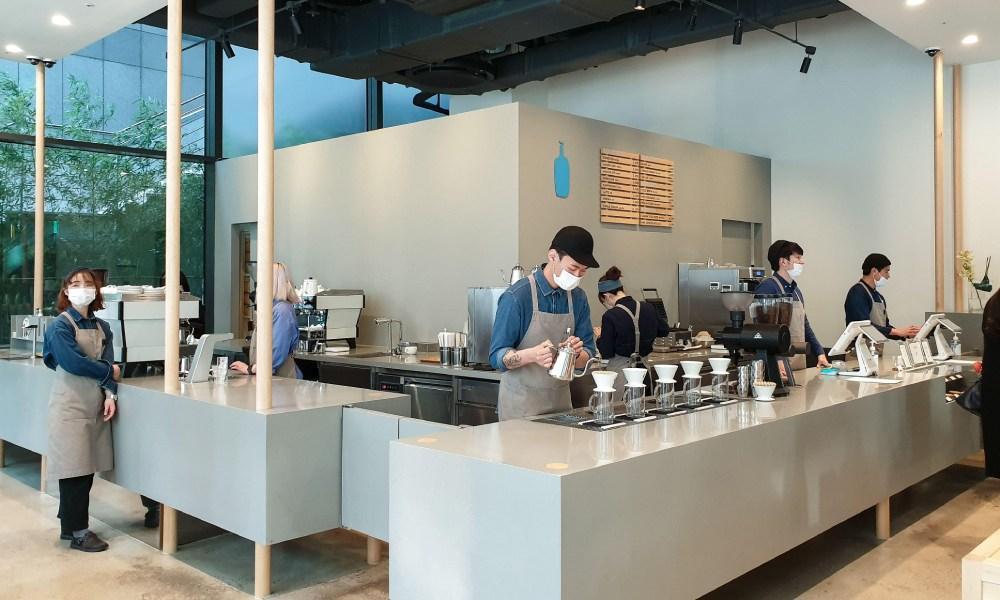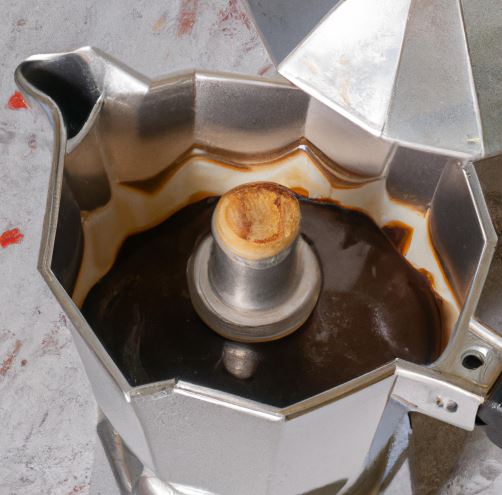The Rising Cost of Green Coffee Beans: What Coffee Enthusiasts Need to Know

Coffee has become more than just a morning ritual; it's an essential part of daily life for millions around the world. However, recent changes in the global coffee market are impacting both the price and availability of one of our favourite beverages. Green coffee beans—the raw, unroasted beans that roasters rely on—have seen a significant price increase, and this rise is starting to affect consumers at the local level. If you've noticed your coffee bill creeping up at your favourite roaster, you're not alone.
But why is the cost of green coffee beans rising, and what does it mean for the future of your morning cup? Let’s dive into the factors at play.
The Global Coffee Supply Chain: A Fragile System
Green coffee beans, like any agricultural product, are vulnerable to changes in weather, supply, and demand. Coffee is primarily grown in tropical regions, and many of the top coffee-producing countries, such as Brazil, Vietnam, and Colombia, are facing challenges that threaten their ability to produce beans at scale.
-
Climate Change and Weather Events
Coffee plants are incredibly sensitive to shifts in climate, and changing weather patterns are making cultivation increasingly difficult. Droughts, flooding, and extreme temperatures are becoming more frequent in coffee-growing regions. According to the International Coffee Organization, Brazil, which accounts for about a third of the world’s coffee production, has faced severe droughts and frost in recent years, significantly impacting the 2021 and 2022 harvests. These weather events disrupt production and reduce the supply of green coffee beans, driving up prices. -
Labour Shortages and Increasing Production Costs
Labour shortages are another key factor. Coffee farming is highly labour-intensive, and many coffee-producing countries are facing difficulties in finding workers willing to do the physically demanding work for low wages. As a result, labor costs have risen, contributing to higher production costs for farmers. This, in turn, is passed on to roasters and ultimately consumers. The Coffee Farmers of the World reported a sharp decline in the number of young people entering the coffee farming industry, exacerbating the issue. -
Supply Chain Disruptions
Even before the pandemic, the coffee supply chain was complex and vulnerable. However, disruptions caused by the global pandemic and logistical challenges (including shipping delays, container shortages, and rising fuel costs) have compounded the issue. According to a 2021 report by The Wall Street Journal, these supply chain disruptions have resulted in significant delays and higher shipping costs, further inflating the price of green coffee beans as they make their way from farms to roasters.
Price Surge: What Does This Mean for Coffee Lovers?
So, how does this translate into the price you pay at your local roaster? Green coffee beans represent about 50-60% of the total cost of roasted coffee. As the price of green beans increases, so does the cost of your coffee, whether you're purchasing bags for home brewing or grabbing a latte at your favorite café.
This price surge is felt most acutely by independent roasters and smaller coffee businesses, who may struggle to absorb the increased cost or pass it along to customers without losing business. As a result, prices for specialty coffee, which often relies on higher-quality beans, have seen more significant increases.
The Outlook: Can We Expect Prices to Stabilize?
While there are some efforts underway to address the challenges in the coffee industry, there is no quick fix. Experts predict that climate change will continue to pose a threat to coffee production, and while some countries are taking steps to mitigate these effects, it will take time for the industry to adapt. Moreover, labor and logistical challenges are unlikely to resolve immediately.
However, there are efforts being made to secure a more stable future for the coffee industry, including greater investment in sustainable farming practices, more equitable pricing for farmers, and innovations in the supply chain to reduce delays and costs.
What Can You Do?
As a coffee lover, it can be tough to see your favorite beans become more expensive. But there are still ways to enjoy high-quality coffee without breaking the bank:
-
Look for Subscription Services
Many roasters are offering subscription services to help offset the rising prices. Subscriptions allow you to lock in a consistent price and often offer discounts for long-term commitment. For example, we at Seven Trees offer a 20% discount on all coffee subscriptions online. It’s our way of helping you navigate the rising costs while continuing to enjoy the coffee you love. Find out more here. -
Support Sustainable Practices
By choosing coffee roasters who prioritize sustainability and fair trade practices, you can help support farmers who are working to adapt to the changing climate and ensure the future of coffee. Sustainable practices, although sometimes more expensive in the short term, help protect the future of coffee for everyone.
Conclusion
The rising cost of green coffee beans is a challenge that coffee lovers everywhere are facing. Factors such as climate change, labor shortages, and supply chain disruptions are all contributing to higher prices. However, there are ways to navigate these changes, from exploring subscription options to supporting sustainable coffee practices. As we continue to adapt to these rising costs, we remain committed to offering our coffee at a discount for subscribers—ensuring that you can keep enjoying your favorite cup of coffee at a reasonable price, even in these uncertain times.




